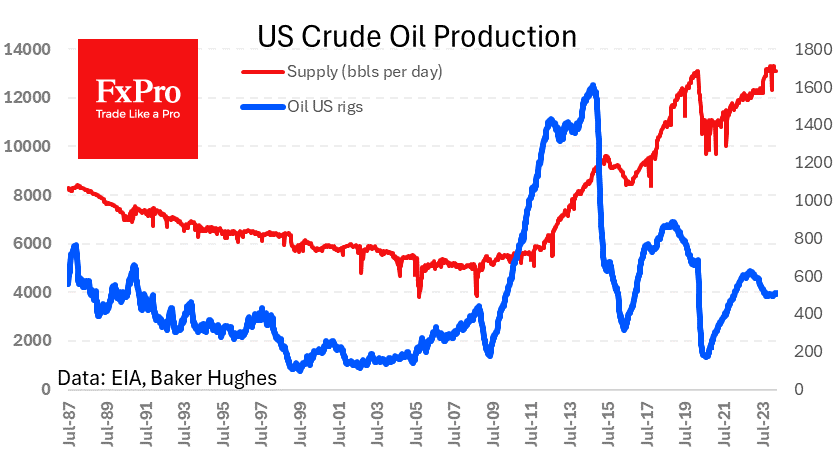U.S. jobs report in November could show economy at a crossroads
December 04, 2020 @ 11:23 +03:00
Did a surge in coronavirus cases and deaths in recent weeks trigger the first drop in U.S. employment in November since the onset of the pandemic last spring? Some economists think so. A few Wall Street forecasting firms such as Oxford Economics predict an outright decline in jobs, but the majority expect hiring to increase for the seventh month in a row.
The November jobs report, due Friday, might have bigger implications than usual. Congress is weighing whether to approve another huge federal aid package for the unemployed and struggling businesses. A strong increase in hiring would reduce the urgency for Congress to act, but a weak number could speed up passage or even lead to a bigger spending bill.
Economists polled by MarketWatch forecast a 438,000 increase in new jobs in November. If they’re right, it would mark the smallest increase since the U.S. economy reopened from lockdowns in May. The U.S. added 638,000 new jobs in October and 672,000 in September. Nationwide is at the high end of the forecast, estimating an increase of 748,000 new jobs. Oxford Economics is on the low end of the totem pole, predicting a 60,000 decline.
Congress has been deadlocked for months over another aid package, but a small bipartisan group of senators and House members are trying to get both parties to agree to a nearly $1 trillion stimulus before the end of the year that would extend unemployment benefits for millions of Americans, among other things. A weak November jobs report could lend more urgency to their efforts.
Unemployment rate
The official unemployment rate never rose as much as expected early in the pandemic this year and it’s fallen far quicker than anyone would have predicted, but hardly anyone thinks it’s close to accurate. The jobless rate is forecast to slip to 6.8% in November from 6.9% in the prior month. Before the coronavirus struck in March, the unemployment rate stood near a 50-year low of 3.5%. What the official measure leaves out, however, are the roughly 4 million people who’ve dropped out of the labor force since February by stopping their job search. They aren’t counted. Nor does it include people who can only find part-time jobs. Most economists believe the true unemployment rate is several points higher, but as long as it’s declining, it’s still good news. At least 11 million people were classified as unemployed in October.
U.S. jobs report in November could show economy at a crossroads, MarketWatch, Dec 4








